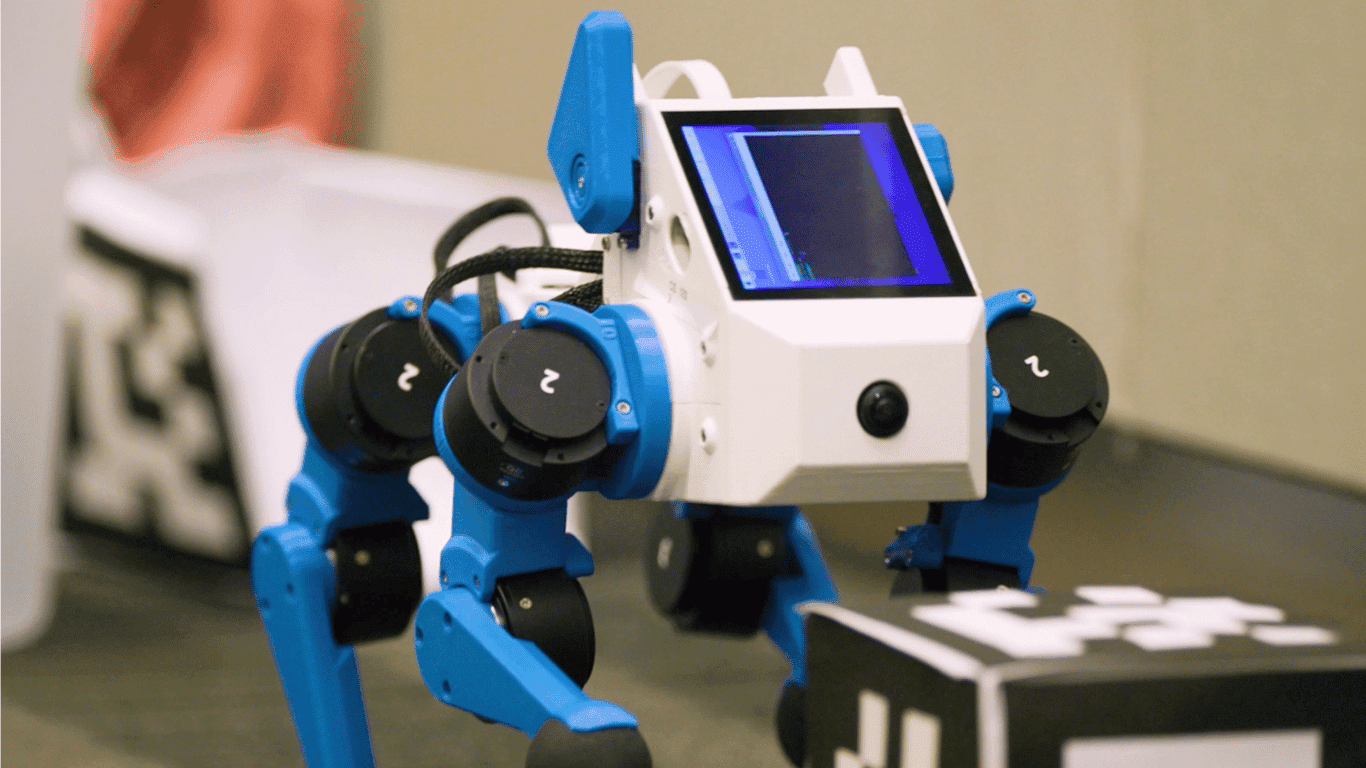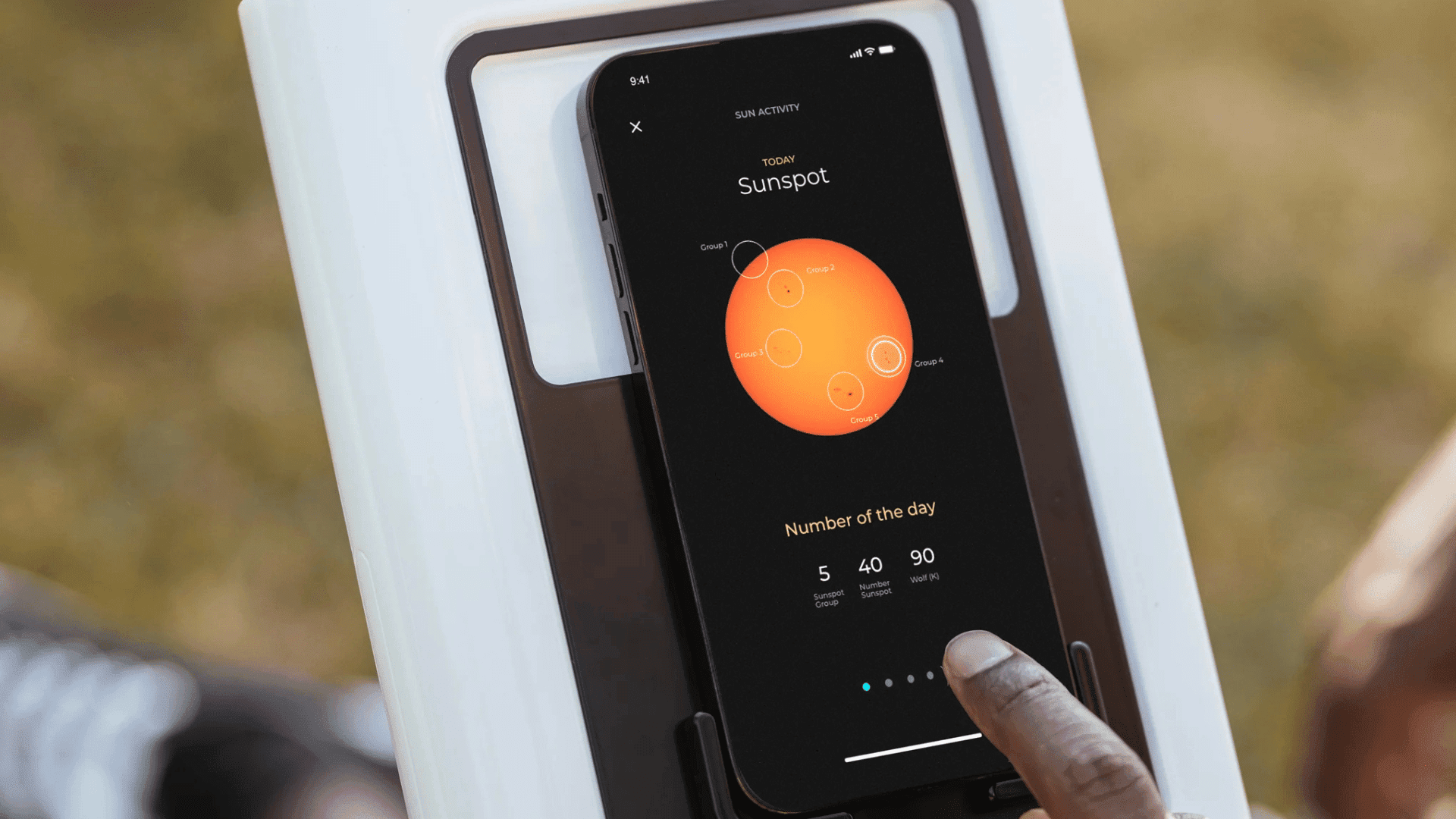Stanford University has an innovative robotics course, now in its third year, in which students build AI-powered robots using a starter kit. According to the university, the program guides students through robotics, from basic controls to advanced machine learning. The students cover the entire spectrum of robotics.
Developing an Affordable Robot

Essentially, students build robots from scratch using basic materials. This year’s course centerpiece is Pupper, a quadruped robot that students built and enhanced throughout the course.
Karen Liu, a computer science professor, said, “We believe that the best way to help and inspire students to become robotics experts is to have them build a robot from scratch.” She added that Pupper is “the perfect introductory platform for beginners to dive into robotics, yet powerful enough to support the development of cutting-edge AI algorithms.” Liu teaches the course alongside Jie Tan from Google DeepMind and Stuart Bowers from Apple and Hands-On Robotics.
According to the press release, the students programmed Pupper to walk, navigate, respond to commands, and complete special tasks.
The class is unique because it only requires basic programming skills. Pupper evolved from a previous project to make four-legged robot designs more affordable. Bowers said, “We wanted students who were still early enough in their education to explore and experience what we felt like the future of AI robotics was going to be.”
Building Pupper
The building process began with a starter hardware kit that included various engineering disciplines, such as electrical work, hardware construction, coding, and machine learning. University leaders say students even created custom parts for the final Pupper projects. Each custom part showed a deeper engagement with the building process.
The early stages of the building process focus on fundamental robotics, while the later stages focus on sophisticated AI. Eventually, the course builds to a “Dog and Pony Show,” where students showcase their robots’ abilities to industry guests. This year, students demonstrated their work to representatives from NVIDIA and Google.
Jie Tan said, “By the end of the quarter, the Pupper that each student team builds and programs from scratch mirrors the technology used by cutting-edge research labs and industry teams today.”
The ultimate goal for instructors is to inspire students to become innovators and leaders in the growing field of robotics.







